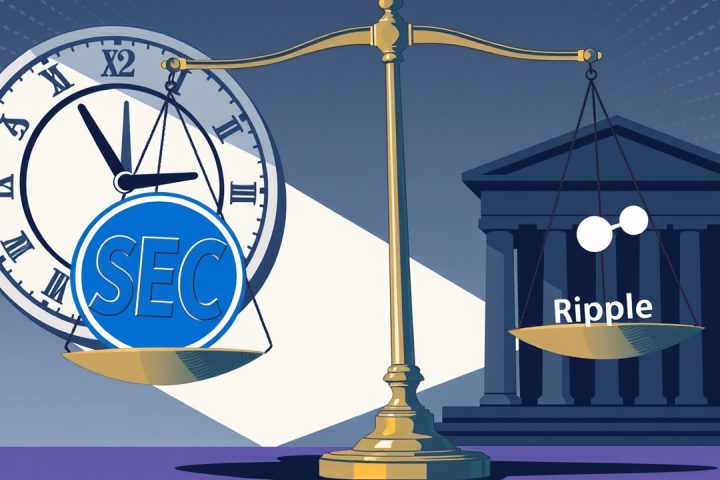U.S. Government’s Approach to Digital Assets
The U.S. government is currently navigating the complex landscape of digital assets, showing a preference for stablecoins rather than central bank digital currencies (CBDCs). A notable player in this narrative has been former President Donald Trump, who raised privacy concerns and consequently curtailed the development of a digital dollar. Despite this stance, both the Treasury Department and the Bank of International Settlements (BIS) are investigating how stablecoins could serve as mechanisms for monitoring financial transactions.
Public Engagement and Regulatory Framework
In a public request issued on August 18, the Treasury invites engagement from citizens on how to detect and address illegal financial activities linked to digital currencies. The comments will be accepted until October 17, 2025, as stated by Rachel Miller, the executive secretary at the Treasury. The call for comments is rooted in the framework established by the GENIUS Act, signed into law on July 18, 2025, which seeks to regulate stablecoin issuers and ensure consumer protection against misconduct.
Regulatory Oversight and Monitoring Capabilities
As stablecoin issuers are now regarded as financial institutions, they are subject to the same regulations as traditional financial entities. Miller pointed out potential monitoring capabilities focusing on anti-money laundering (AML), compliance with sanctions, and identity checks, including the application of AI technologies and identity verification solutions.
Privacy Concerns and Government Oversight
Furthermore, the Treasury is particularly interested in overcoming obstacles related to identity verification and how to couple blockchain data with off-chain information. While officials emphasize the importance of privacy, their interest in transaction deanonymization raises questions about the extent of governmental oversight.
According to Timothy Massad, a previous head of the Commodities Futures Trading Commission, the government might introduce zero-knowledge digital credentials for users in decentralized finance (DeFi). This system would keep user data masked but accessible to authorities when needed, with smart contracts relying on these credentials to process transactions.
This measure raises concerns about privacy violations, as highlighted by David Sverdlov and Aiden Slavin from a16z, who suggest that to validate transactions, consumers could be required to disclose parts of their transaction history either voluntarily or involuntarily.
AML Compliance and Blockchain Data
The BIS released a report on August 13, 2025, addressing AML compliance regarding cryptoassets. The report emphasizes that current strategies, which depend on trusted middlemen, are incompatible with decentralized public blockchains and advocates for a closer examination of blockchain data to combat money laundering. It proposes creating an AML score that could potentially restrict transactions based on the perceived risk of digital assets being connected to illicit activity.
Contradictions in Privacy and Regulation
As the U.S. prohibited the development of a digital dollar through an executive order in January 2025, the rationale behind this ban centered on preserving individual privacy from intrusive financial surveillance. The implications of the GENIUS Act, however, seem contradictory to this privacy-oriented approach, prompting speculation about the government’s true intentions regarding stablecoins as alternatives to CBDCs. While stablecoins claim to offer a private channel for transactions, evidence suggests that the U.S. government is gearing up to leverage these digital currencies for enhanced financial monitoring.




